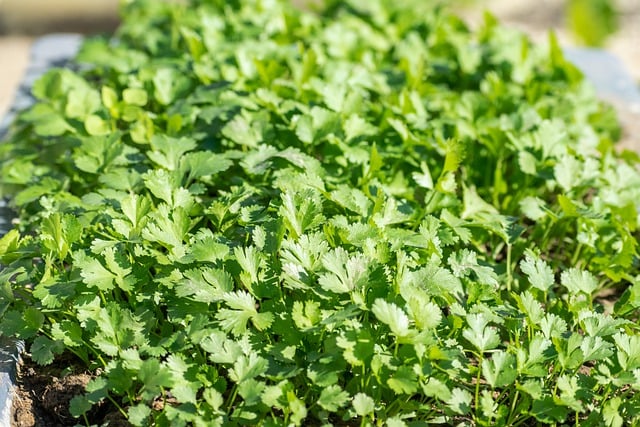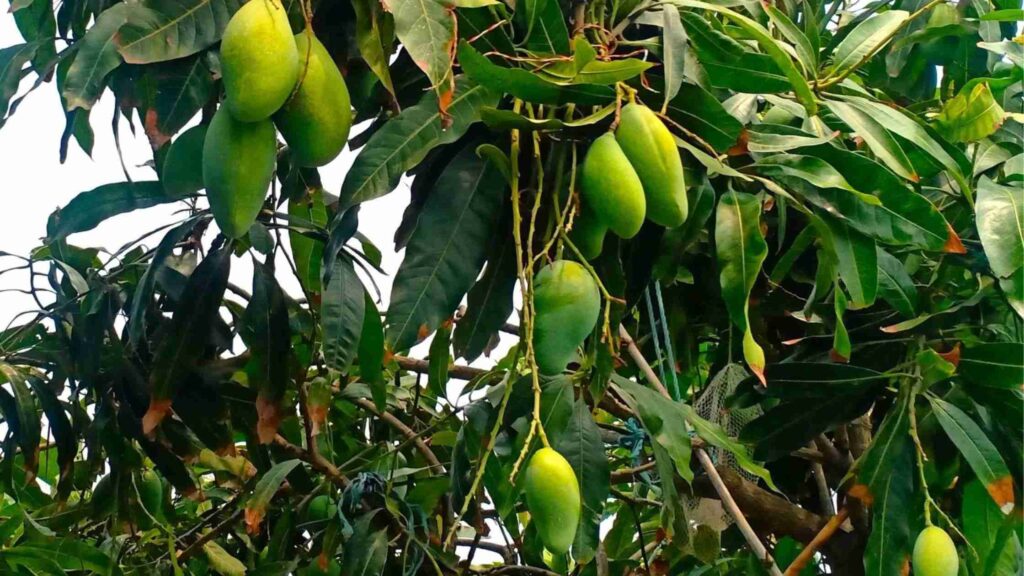The ideal planting time for coriander (cilantro) varies depending on your location. Cilantro cannot survive frost and dislikes extreme heat. In temperate climates, the best time to plant is in late spring. In tropical climates, cilantro grows better during cooler, dry periods, such as in the fall. Here I will explore how to Grow coriander with expert planting, watering, and care tips. Enjoy fresh, aromatic herbs from your roof garden year-round.
Duration of Planting
I have had success planting coriander (cilantro) late in the summer and letting it grow into the fall. However, if the weather gets too hot, the plants will start to bolt, meaning they will flower and go to seed. Therefore, it’s important to choose the right time of year. To get a head start, consider starting your seeds indoors and transferring them outside as the weather improves.
Container Selection
A sizable container that is at least 10 to 12 inches deep and broad, with adequate drainage, is required for growing coriander, or cilantro, seeds. Use crumbly, organic-rich, neutral soil to promote growth. Vegetative development can be encouraged by adding aged manure or compost, which will give a continuous supply of nitrogen and other trace elements. You can use NPK fertilizer and bone meal for even better outcomes. Give the soil plenty of water, then give it five minutes to absorb all of the liquid.
Plant the Coriander/ Cilantro Seeds

Using a stick, I produced straight lines that were 2.5 inches apart and 1 to 2 inches deep, but you could make the lines with any gardening implement. You can draw more lines as necessary, depending on how wide your pot is. I evenly spaced the seeds along the lines, poured a thin layer of potting mix on top, and then added another 1/2 inch of soil.
Watering the Plants
I made careful to water the coriander seeds frequently since they require a lot of moisture to grow. Every week, they need roughly one inch of water.
Sunlight Location
Since coriander grows best in the sun, I made sure the seeds had plenty of light as soon as they began to germinate. On the other hand, avoid using too much heat as this might fast cause the plant to go to seed. To avoid overheating in the summer, situate the pot where it will receive afternoon shade.
Fertilizing the Plant
I fertilized the coriander (cilantro) seedlings with compost or organic fertilizer when they were about 2 inches tall, taking care not to fertilize them too much. About 1/4 of a cup was all I used for every 25 feet of growth space. The plants needed less water once they were well-established. Keeping the soil wet but not soggy was my goal, since coriander is a herb for dry climates. The seedlings reached a height of approximately 4-5 inches after 14 days.
Prevent Overcrowding
I thinned the seedlings when they were 2 to 3 inches tall to avoid the cilantro plants being too crowded. I removed the weaker plants so that the stronger ones could become bigger. The smaller plants are suitable for culinary purposes. As soon as the plants were visible above the dirt, I placed mulch around their bases to stop weeds from sprouting.
Harvest the Cilantro

The cilantro was ready to be collected after 27 days. Every week, I trim up to half of the leaves, which helps the plant develop more. With this method, I was able to produce four crops of cilantro out of one pot. I collected the cilantro by chopping off individual leaves and stems at ground level, close to the base of the plant when the stems were 4 to 6 inches tall.
Cutting off more than one-third of the leaves at once could cause the plant to become weaker. After harvesting the leaves, the plant will continue to grow for at least two or three more cycles. To promote foliage growth, feed the coriander with a half-strength nitrogen-rich fertilizer. Be sure to water thoroughly immediately after adding organic compost or fertilizer.



